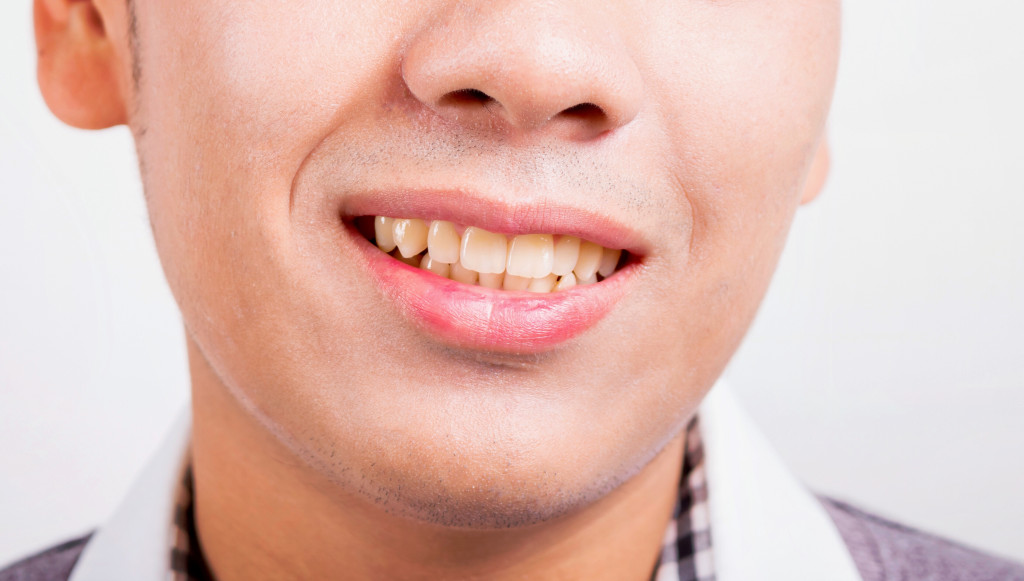• Smoking is a dangerous habit and can lead to various severe health conditions – heart disease, stroke, and cancer.
• Exposure to secondhand smoke is also extremely hazardous, particularly for children whose lungs are still developing.
• Not only does smoking have long-term health risks, and it can affect one’s appearance negatively. Stained teeth, wrinkles, and bad breath are all possible consequences of smoking cigarettes.
• Quitting smoking is a challenge, but there are ways to make it easier – psychotherapy, nicotine replacement therapy, and medications can help quit.
Smoking is the single most dangerous substance in the world. It takes more lives each year than any other preventable cause, and it has been linked to an array of severe health conditions, including heart disease, stroke, and cancer.
Even secondhand smoke can have profound effects on both adults and children. If you are a smoker or thinking of becoming one, it’s essential to understand why smoking is so dangerous and what you can do to protect yourself and those around you.
The Health Effects of Smoking
The health effects of smoking are well-documented. As previously mentioned, smoking increases your risk for heart disease, stroke, cancer, and other life-threatening illnesses. For example, smokers are two to four times more likely than non-smokers to develop coronary heart disease.
On top of that, the risk of stroke increases by 50% after just five years of smoking. And that’s only looking at the physical effects; mental health issues such as anxiety and depression have also been linked to smoking cigarettes.
Secondhand Smoke
In addition to these direct risks associated with smoking cigarettes, there is also the issue of secondhand smoke (SHS). SHS is smoke released into the air by burning tobacco products like cigarettes or cigars. This smoke consists mainly of particles from burning tobacco leaves and some gases like carbon monoxide and nitrogen oxide.
When breathing SHS—even at low levels—you are exposed to over 7,000 different chemicals, which can be incredibly damaging to your health; this includes an increased risk for lung cancer even if you don’t inhale directly from a cigarette!
Moreover, children are particularly vulnerable because their lungs are still developing; exposure to SHS has been linked to Sudden Infant Death Syndrome (SIDS), asthma attacks in kids under 18 months old, ear infections in children aged six months or younger and respiratory problems such as coughing or wheezing in older children. So it’s clear that SHS should be avoided whenever possible—for everyone’s benefit!
How Smoking Can Change Your Appearance
A lot of people also forget how smoking can change their appearance. Here are some common appearance changes due to smoking:
Smoking can cause yellowing of the teeth and increased staining on them. The nicotine in cigarettes is a primary culprit, as it can cause tooth discoloration due to its sticky nature. Thankfully, these can be cleaned by teeth whitening services. The service utilizes a safe bleaching gel to brighten teeth and can be done in the dentist’s office or home.
Wrinkles
Smoking can also cause wrinkles to appear quicker than they usually would. This is because smoking causes the skin’s collagen levels to decrease, resulting in a more significant loss of elasticity and premature wrinkling. This is particularly true for smokers who spend a lot of time in the sun; combining UV rays and smoke can damage skin health.
Bad Breath
Lastly, smoking can also cause bad breath. This is because cigarettes contain tar, which coats your teeth and tongue and makes them smell unpleasant. In addition, smokers tend to have higher levels of bacteria on their tongues, which can result in bad breath.
Ways to Quit Smoking
You must take steps to protect yourself and those around you from the dangers of smoking. Quitting smoking is not easy, but there are plenty of resources out there that can help you on your journey. Here are three ways that can help you quit smoking:
Psychotherapy
Addiction to smoking is primarily psychological, and professional counseling sessions can help you understand your addiction better. A therapist can help you identify the triggers for your tobacco and provide different coping mechanisms to stay smoke-free in the long term.
Nicotine Replacement Therapy
This method involves using products like nicotine patches or gum containing nicotine but not carcinogenic chemicals in cigarettes. These products help to reduce cravings and can be used in combination with other therapies.
Medications
Prescription medications like Zyban or Champix can also be used to help you quit smoking. They work by blocking nicotine receptors in the brain, which helps reduce cigarette cravings.
Smoking is a dangerous habit that can have serious consequences. It’s essential to understand the risks associated with smoking and take steps to protect yourself and those around you. If you are looking for ways to quit, there are plenty of resources out there that can help you on your journey. With determination and help, you can become smoke-free in no time.


